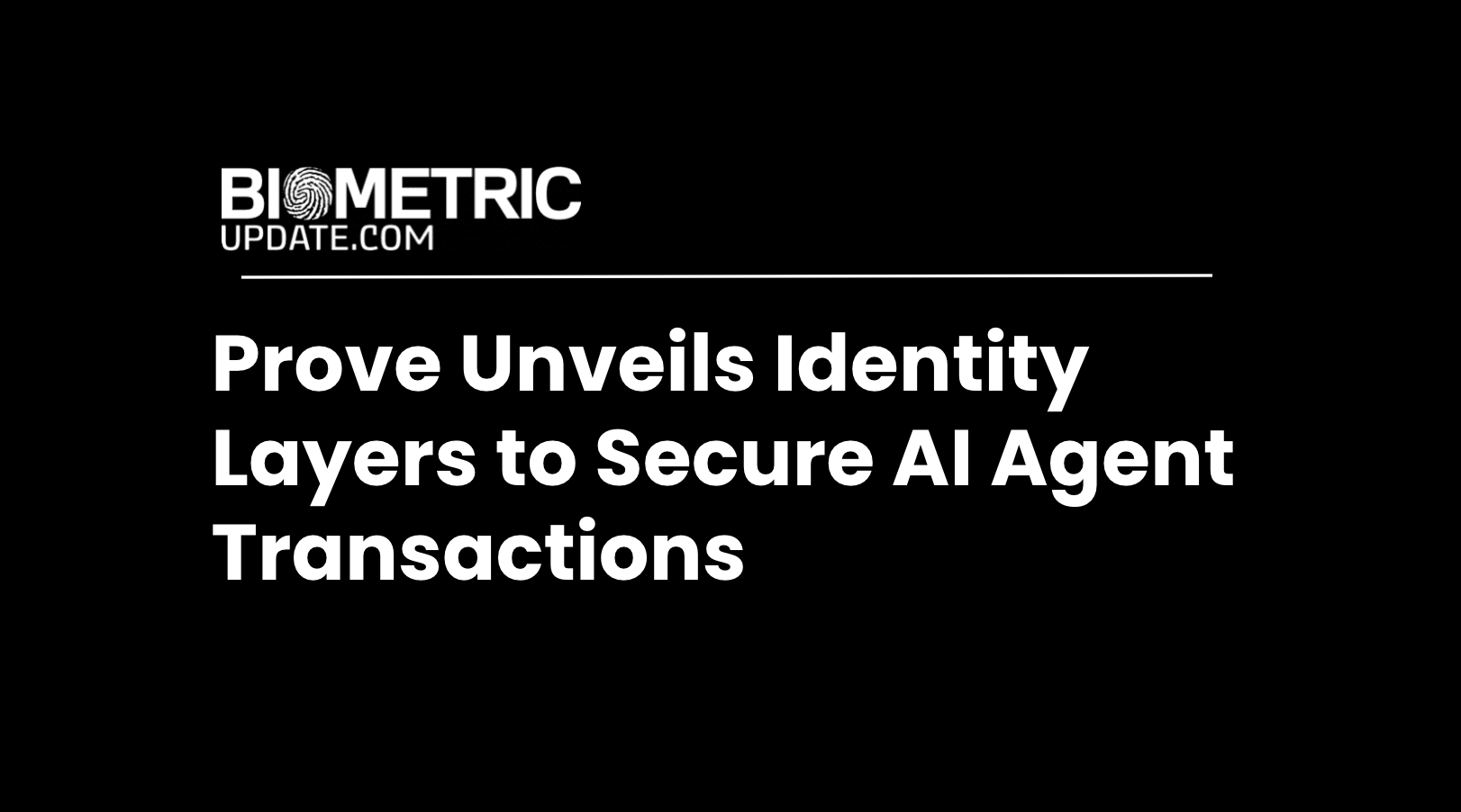TIN Matching Fraud is on the Rise: Here’s What You Need to Know


The end of the year is fast approaching, and businesses around the nation are hard at work preparing to deliver all of the necessary tax-filing documents to their customers. It’s no wonder that we’ve seen a big jump at Prove in questions about TIN Matching fraud, an especially devastating form of fraud that affects both businesses and private citizens during tax season.
I caught up with Prove Senior Director Yuka Yoneda to help answer your most pressing questions related to TIN matching fraud and discuss the best ways for businesses to prevent fraudsters from further complicating tax season. Read the synopsis below for key points, or watch our full conversation in the video above.
First things first, what’s a TIN?
To keep track of the millions of people filing taxes every year, the IRS instituted a number system. While many people use their Social Security Number as a TIN (short for Taxpayer Identification Number), there are plenty of other options as well. Alternative TINs include:
- Employer Identification Number "EIN"
- Individual Taxpayer Identification Number "ITIN"
- Taxpayer Identification Number for Pending U.S. Adoptions "ATIN"
- Preparer Taxpayer Identification Number "PTIN"
What is TIN Matching?
Simply put, the IRS offers a service called TIN matching that assists the payer in determining if the payee TIN/name combination contained on their Form W-9 matches the TIN/name combination contained in the IRS tax filing records. If the provided TIN does not match with the correct name, this will cause problems with the IRS during tax season.
What are some of the common TIN matching issues businesses should prepare for that could get them in hot water with the IRS?
- If your bank is not conducting true identity proofing at customer onboarding, your bank could assume the TIN matches, but the account holder's name could be a victim of ID theft; therefore, your bank could misreport income.
- If your bank's onboarding process is inaccurate, you could even have social security numbers on file that do not exist or have not been issued yet.
- If your onboarding process does not check for Synthetic Fraud, your bank could be left with a long list of accounts your organization needs to reconcile.
Watch our full conversation in the video above to learn more about how you can prevent TIN Fraud from ruining your tax season.
To learn about Prove’s identity solutions and how to accelerate revenue while mitigating fraud, schedule a demo today.

Keep reading
.png) Read the article: Passkey Syncing Fraud: The New Attack Vector Everyone Saw Coming
Read the article: Passkey Syncing Fraud: The New Attack Vector Everyone Saw ComingPasskey syncing, a feature meant for convenience, has created a new security threat by allowing attackers to compromise cloud accounts and download victims' passkeys. Learn how this fraud happens and the steps consumers and businesses can take to protect high-risk accounts.
 Read the article: Prove Pre-Fill® Now Available on Temenos Exchange, Delivering Seamless Onboarding to Banks Worldwide
Read the article: Prove Pre-Fill® Now Available on Temenos Exchange, Delivering Seamless Onboarding to Banks WorldwideProve Pre-Fill® integrates with Temenos Exchange to give banks worldwide seamless, faster customer onboarding and dramatically reduce fraud.
 Read the article: Biometric Update: Prove Unveils Identity Layers to Secure AI Agent Transactions
Read the article: Biometric Update: Prove Unveils Identity Layers to Secure AI Agent TransactionsProve has launched Prove Verified Agent, a new identity and trust solution tailored to the emerging $1.7 trillion agentic commerce economy. Prove Verified Agent binds verified identity, intent, payment credentials and consent into a single, auditable transaction unit.












